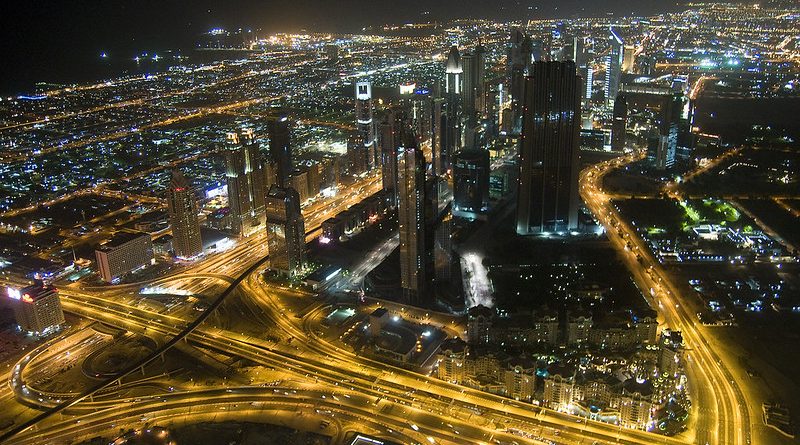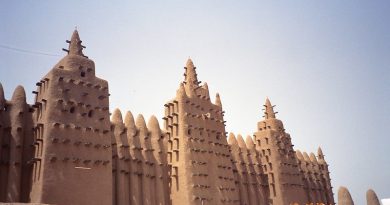The United Arab Emirates – A Brief History
The Arabian peninsula has historically been the domain of individual Arab clans and families. It has also been influenced by Persian culture owing to its close proximity to Iran. Its porous maritime borders have for centuries invited migrants and traders from elsewhere.
In the 18th century, Portugal and the Netherlands extended their holdings in the region but retreated with the growth of British naval power . After a series of truces with Britain in the 19th century, the emirates united to form the Trucial States . The states gained autonomy following World War II, when the trucial states of Bahrain and Qatar declared independent statehood. The rest were formally united in 1971, with the city of Abu Dhabi serving as the capital.
The stability of the federation has since been tested by rivalries between the families governing the larger states of Abu Dhabi and Dubai, though external events such as the Persian Gulf War and an ongoing territorial dispute with Iran have served to strengthen the emirates’ political cohesion.
The Gulf monarchies (Saudi Arabia and its five smaller neighbours: the United Arab Emirates, Kuwait, Qatar, Oman, and Bahrain) have long been governed by highly autocratic and seemingly anachronistic regimes.
Yet despite bloody conflicts on their doorsteps, fast-growing populations, and powerful modernising and globalising forces impacting on their largely conservative societies, they have demonstrated remarkable resilience. Obituaries for these traditional monarchies have frequently been penned, but even now these absolutist, almost medieval, entities still appear to pose the same conundrum as before: in the wake of the 2011 ‘Arab Spring’ and the fall of incumbent presidents in Egypt, Tunisia, and Libya, the apparently steadfast Gulf monarchies have, at first glance, re-affirmed their status as the Middle East’s only real bastions of stability.
The United Arab Emirates is located in the eastern part of the Arabian Peninsula and consists of seven emirates founded in 1971 as a federation. The seven emirates (Abu Dhabi, Dubai, Sharjah, Ajman, Umm Al Quwain , Fujairah and , Ras al Khaimah, are all sheikhdoms with close ties to Britain where their rulers were often educated.
The British Connection
Primarily in reaction to the ambitions of France and Russia, Britain and the Trucial Sheikhdoms had established closer bonds in an 1892 treaty, similar to treaties entered into by the UK with other Persian Gulf principalities.
The sheikhs agreed not to dispose of any territory except to Britain and not to enter into relationships with any other foreign government without Britain’s consent. In return, the British promised to protect the Trucial Coast from all aggression by sea and to help in case of land attack.This treaty, the “Exclusive Agreement”, was signed by the sheikdoms snd was subsequently ratified by the Viceroy of India and the British Government in London.
Air Routes
In the 1920s, the British Government’s desire to create an alternative air route from Great Britain to India gave rise to discussions with the rulers of the Trucial States about landing areas, anchorages and fuel depots along the coast.
The first aeroplanes to appear were Royal Air Force (RAF) flying boats, used by RAF personnel to survey the area, and by political officers to visit the rulers. Air agreements were initially resisted by the rulers, who suspected interference with their sovereignty, however they also provided a useful source of revenue. In 1932, the demise of the air route through Persia (today’s Iran) led to the opening of an airfield at Sharjah. In 1937, Imperial Airwaysflying boats began to call in at Dubai.
Oil
In the 1930s, the first oil company teams carried out preliminary surveys. Exploration concessions were limited to British companies only .Management of the Trucial Coast moved from the British Government in Bombay to the Foreign Office in London in 1947, with Indian independence .
Oil was discovered under an old pearling bed in the Persian Gulf in 1958, and in the desert in 1960. The first cargo of crude was exported in 1962. As oil revenues increased, the ruler of Abu Dhabi, Sheikh Zayed bin Sultan Al Nahyan, undertook a massive construction program, building schools, housing, hospitals and roads. When Dubai’s oil exports commenced in 1969, Sheikh Rashid bin Saeed Al Maktoum, the ruler of Dubai, was also able to use oil revenues to improve his people’s quality of life.




